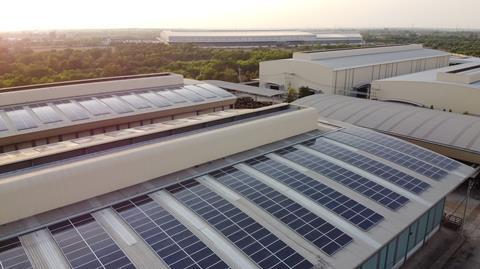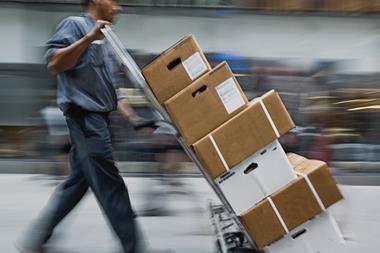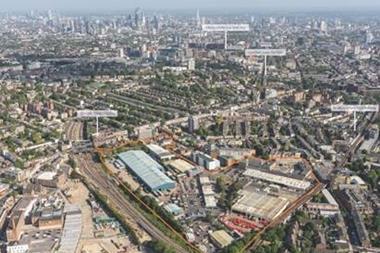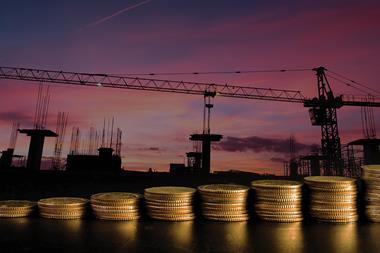With soaring inflation and rising energy costs, many businesses are getting serious about investing in renewable solutions to reduce their operational expenditure.

For the logistics sector, which requires large warehouses in the right locations to store goods before distributing them around the country, the urgent need to invest in renewable energy systems and increase operational resilience is widely acknowledged.
Logistics buildings have a low energy demand, but this still has an impact because of their scale. These buildings are typically ‘open for business’ 24 hours a day, seven days a week. As well as seeing their energy costs increase as much as 10-fold in recent months, many logistics businesses have been affected by higher fuel prices, which have added to their transportation costs.
Yet rising costs are not the only factor driving demand for renewable energy. Many logistics companies have carbon-reduction commitments with timelines attached, and are keen to demonstrate that they are making progress in reducing their carbon footprint.
For logistics property companies, strong demand for renewable energy systems has been largely expected. At Prologis, all our buildings are solar-ready and have been for the past 15 years, and globally we have committed to a new sustainability goal to generate 1GW of electricity per year from solar installations by 2025, which is equivalent to the output of a large power station. In the UK, we already have a pipeline to generate 30MW of electricity per year from solar installations by 2025.

As part of the drive to net zero, a recent update to building regulations promotes a switch from natural gas to electricity, which while more expensive is also more sustainable. Increasing use of automation and power for electric vehicle charging will also increase demand. This demand is likely to ensure that power costs remain high. By investing in renewable energy systems now, businesses can hedge against these potential cost increases.
While various renewable energy solutions are available, one of the most attractive options for logistics companies is to pair a large rooftop solar array with on site battery storage, so energy generated can be stored for use in periods when demand is higher.
A recent customer trial, which involved the use of a 50kWp solar array and 45kWh of batteries, allowed the business to use up to 60% more of the renewable energy generated on site, optimising the system’s overall value.
Having invested in our own energy business, we are ready to roll out these integrated solutions at scale.
There is an opportunity for logistics property developers and their customers to lead the transition to the renewable energy future and accelerate the transition to net zero emissions. By working together to create renewable energy infrastructure, we will all be better protected from energy price volatility in the future.
Simon Cox is head of sustainability at Prologis UK






























No comments yet